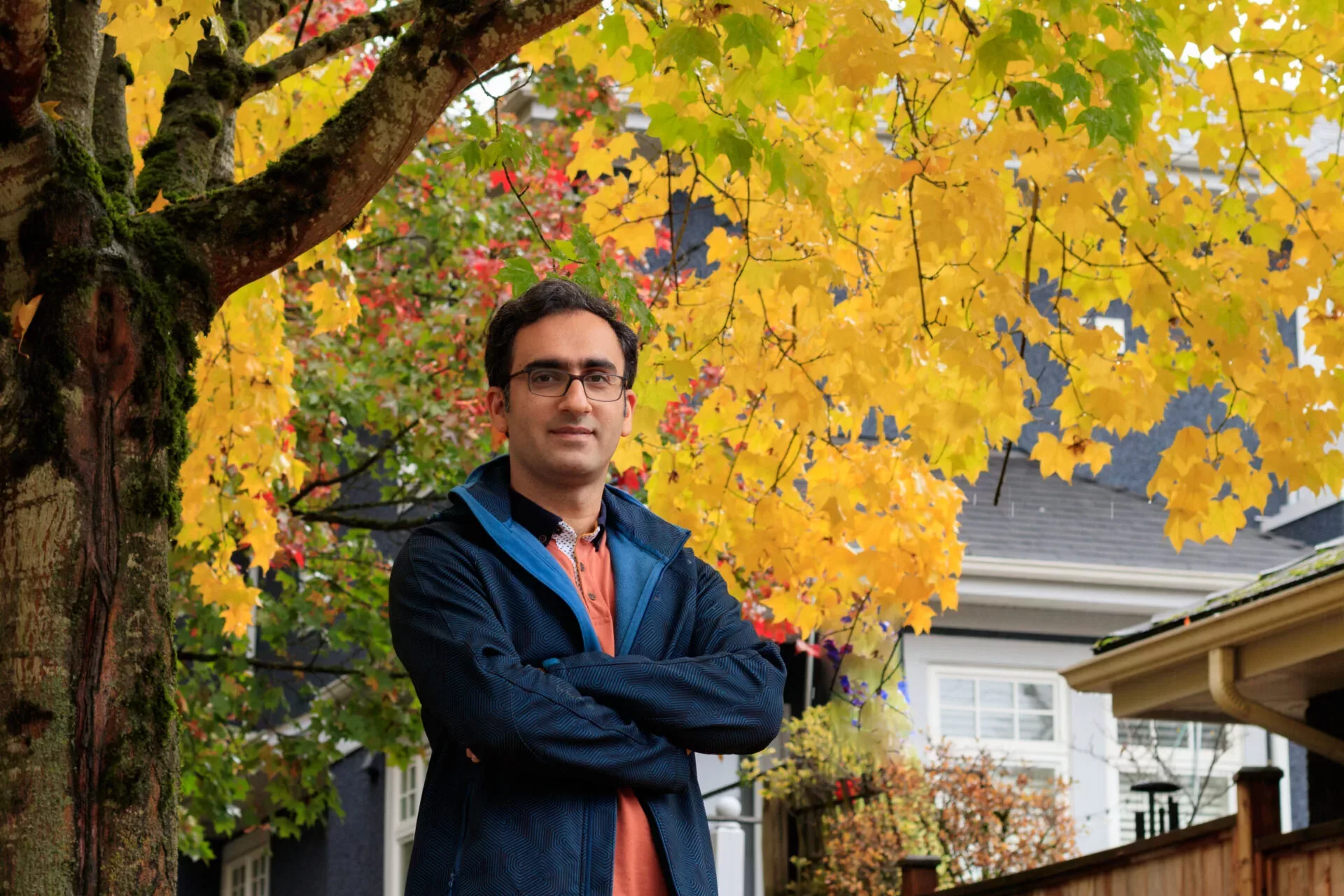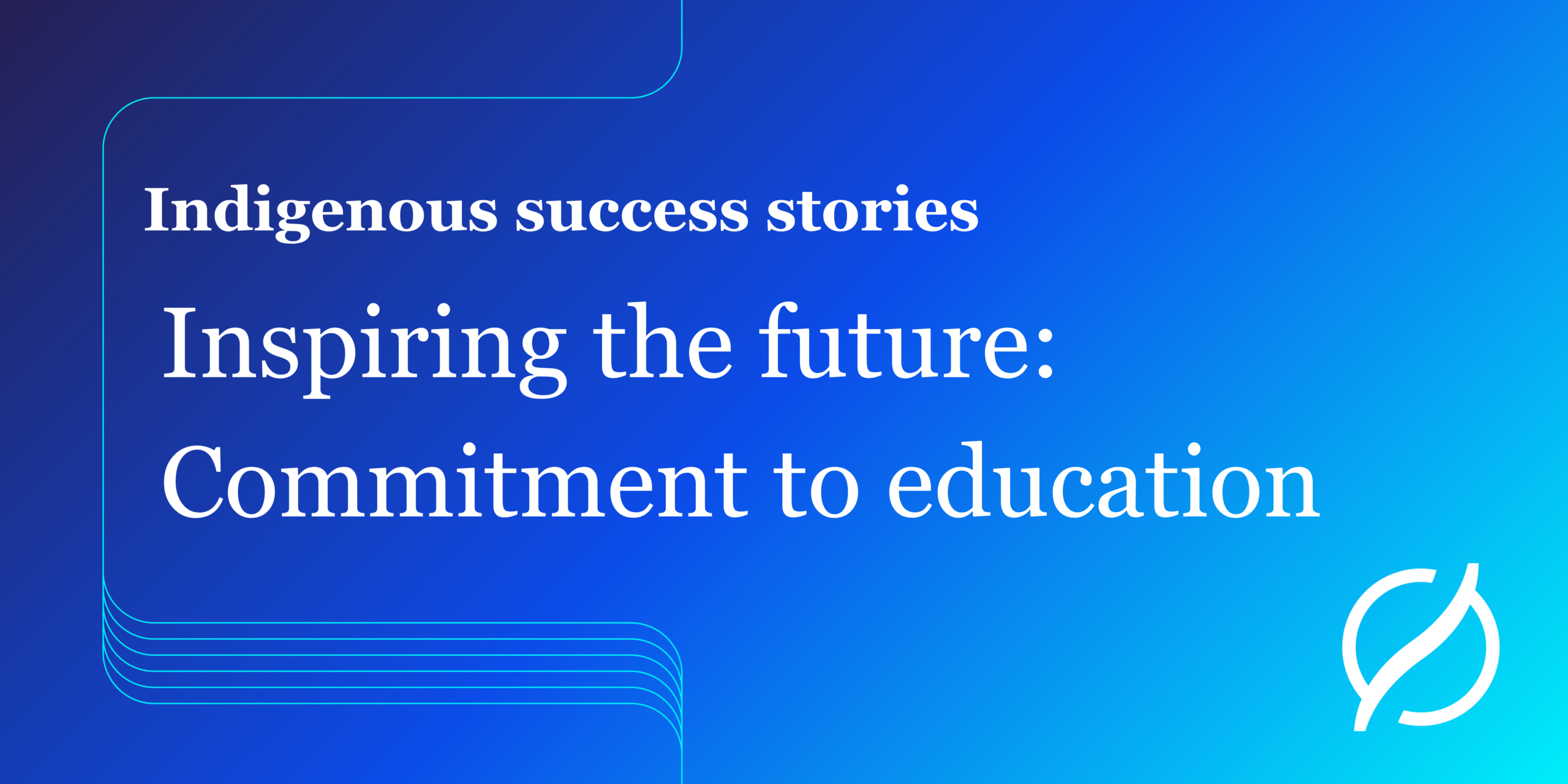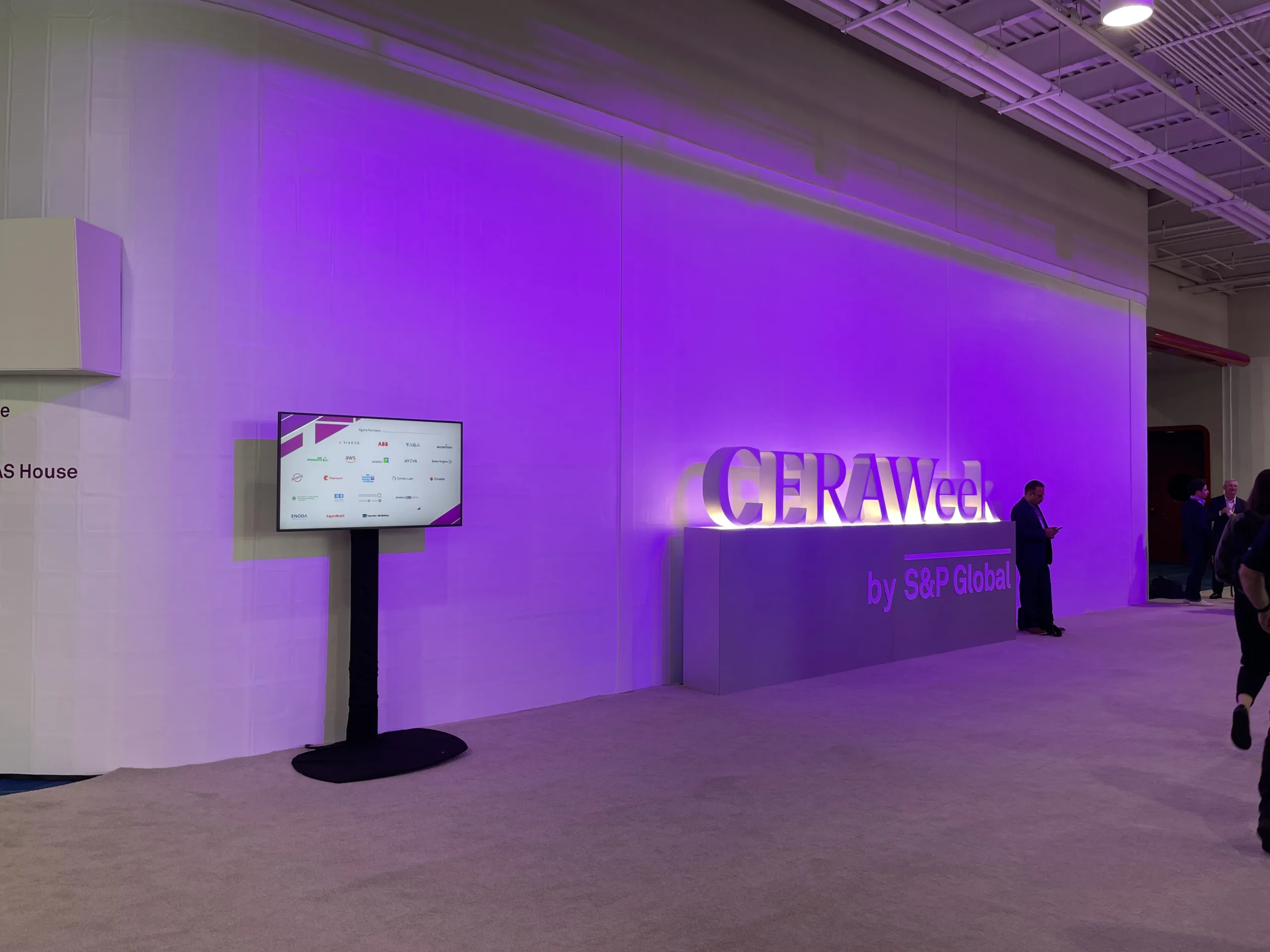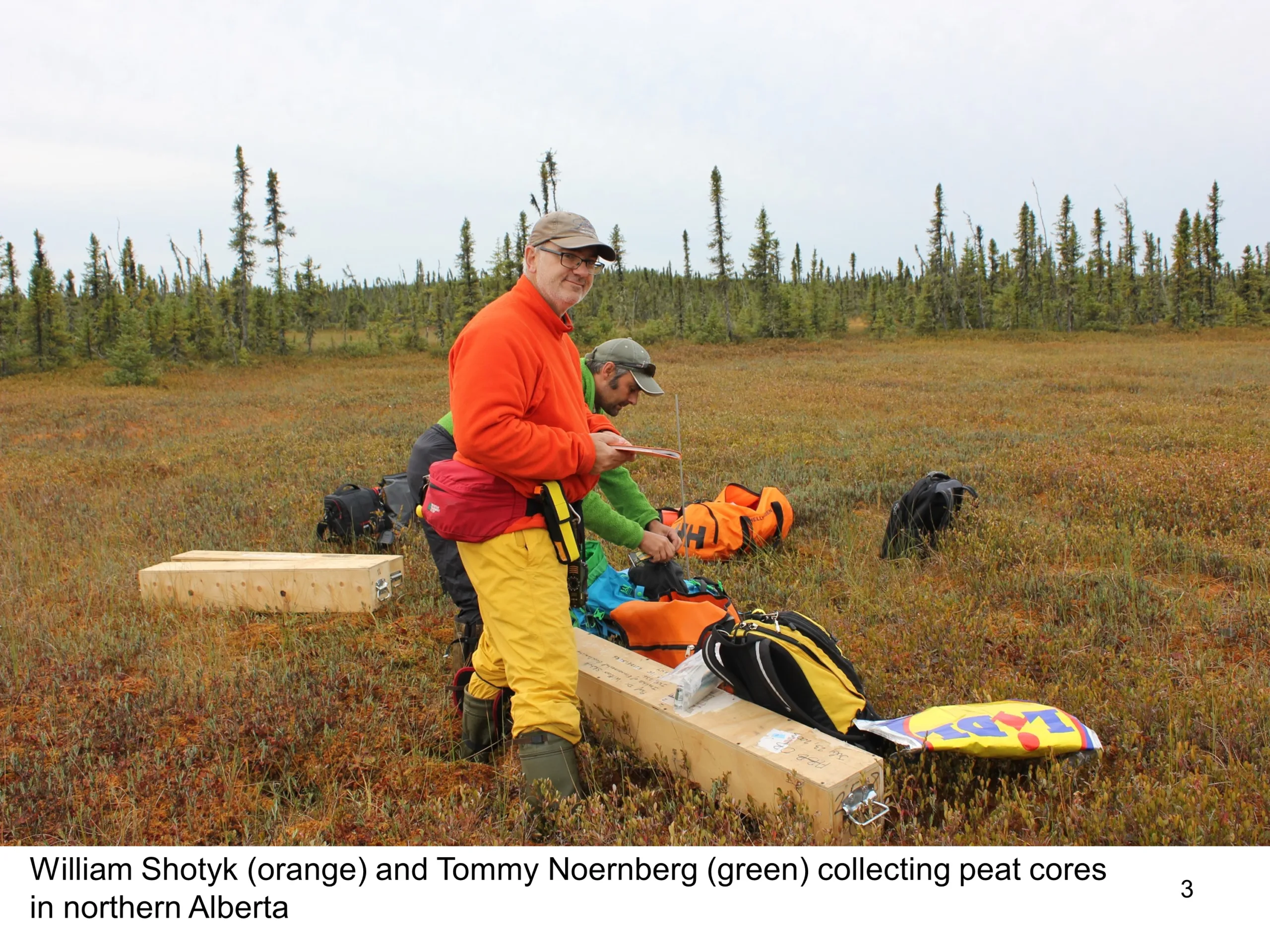Using the light spectrum to see into tailings

Efforts by Canada’s oil sands industry to lessen its environmental footprint have resulted in globally significant work to reduce impacts to air, water and land and support biodiversity in Alberta’s boreal forest.
The industry aspires to be a world leader in environmental management.
Here’s one example of the work underway by Pathways Alliance companies: treating tailings.
Using the light spectrum to see into tailings
It was Iman Entezari’s PhD advisor, Dr. Benoit Rivard, at the University of Alberta who introduced him to tailings, the leftover materials from oil sands mining. “He thought my background in geomatics engineering and remote sensing could have potential application to tailings management,” Entezari recalls. “I went away and looked up ‘tailings’ and ‘oil sands’ to find out everything I could.”
Geomatics is a science that encompasses a range of methods and technologies for collecting and analyzing geospatial data about the Earth’s surface. It’s regularly used to make better decisions where location is important, for example in urban planning. Entezari’s specialty is hyperspectral imaging (HSI), an advanced technique that analyzes the reflections from a broad spectrum of light to deliver a high-resolution ‘picture’ of objects or materials in the minutest detail.
“Hyperspectral imaging uses a wide range of the light spectrum to see things we can’t see with the human eye,” Entezari explains. “It makes the invisible visible.” He became interested in how HSI could be used to characterize tailings by identifying and mapping their individual components, something that had not been tried before.
Understanding the makeup of tailings
Tailing management relies on knowing the precise makeup of tailings at any point in time as they are gradually converted from a liquid mix into a suitable material for land reclamation. Currently, this information is gathered by collecting thousands of samples from tailings ponds and shipping them to labs for analysis. Entezari envisioned using HSI to continually monitor tailings composition on site, something that would allow producers to better understand their makeup and thereby manage them more efficiently.
Entezari’s doctoral thesis Applications of Remote Hyperspectral Sensing in the Characterization of Alberta’s Oil Sands Tailings explored how HSI could play that role. His research was co-funded by COSIA, the innovation arm of Pathways Alliance, the Institute of Oil Sands Innovation (IOSI), and later supported through the NSERC/COSIA Industrial Research Chair in Oil Sands Tailings Geotechnique at the University of Alberta.
Taking innovation to the next level
Fast forward a couple of years and Entezari was presenting his PhD findings at a tailings conference where Jamie Sharp of ConeTec Investigations Ltd., an international geotechnical site investigation company, was in the audience. “He approached me afterwards and said he thought the company could take HSI technology to the next level,” Entezari recalls.
After completing a Postdoc supported by ConeTec and Mitacs, Entezari joined ConeTec as an R&D specialist in 2018 and the company began developing the technology further, with the support of Pathways Alliance members. Since 2019, they have piloted small transportable HSI units powered by a complex set of algorithms on actual mine sites. By inserting a probe into a bucket of tailings, the equipment leverages machine learning models developed by Entezari at ConeTec to read and analyze tailings materials, providing a wealth of data and circumventing a lengthy and costly laboratory process.
Now, ConeTec is on the verge of commercializing the innovation and already thinking about applications to other industries. “It’s great to see my PhD work take shape in real life,” Entezari says. “It’s so exciting to see something I started 10 years ago now being used in the field by industry.”
Learn more about the efforts of Pathways Alliance members to advance responsible development of the oil sands industry.


